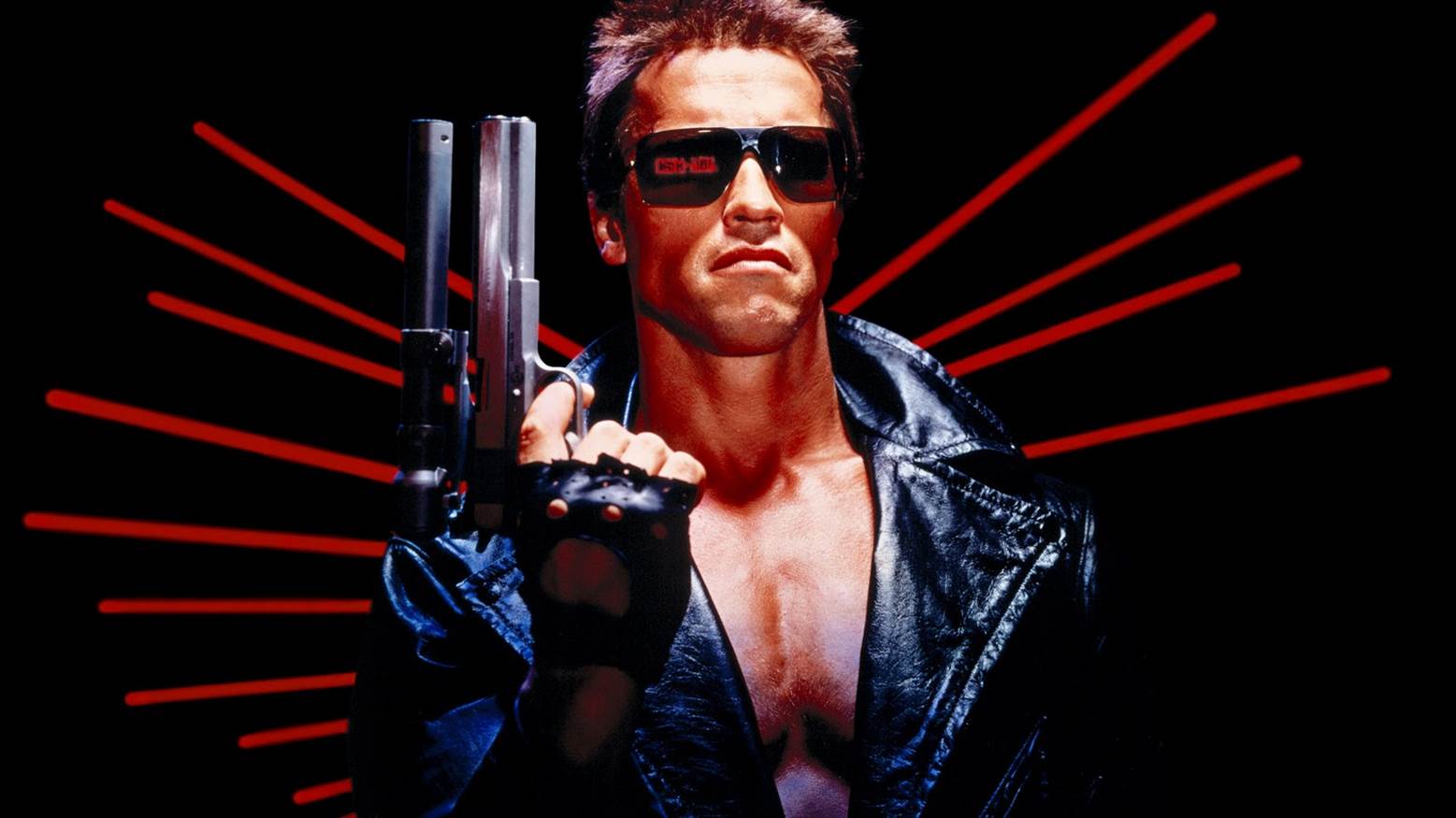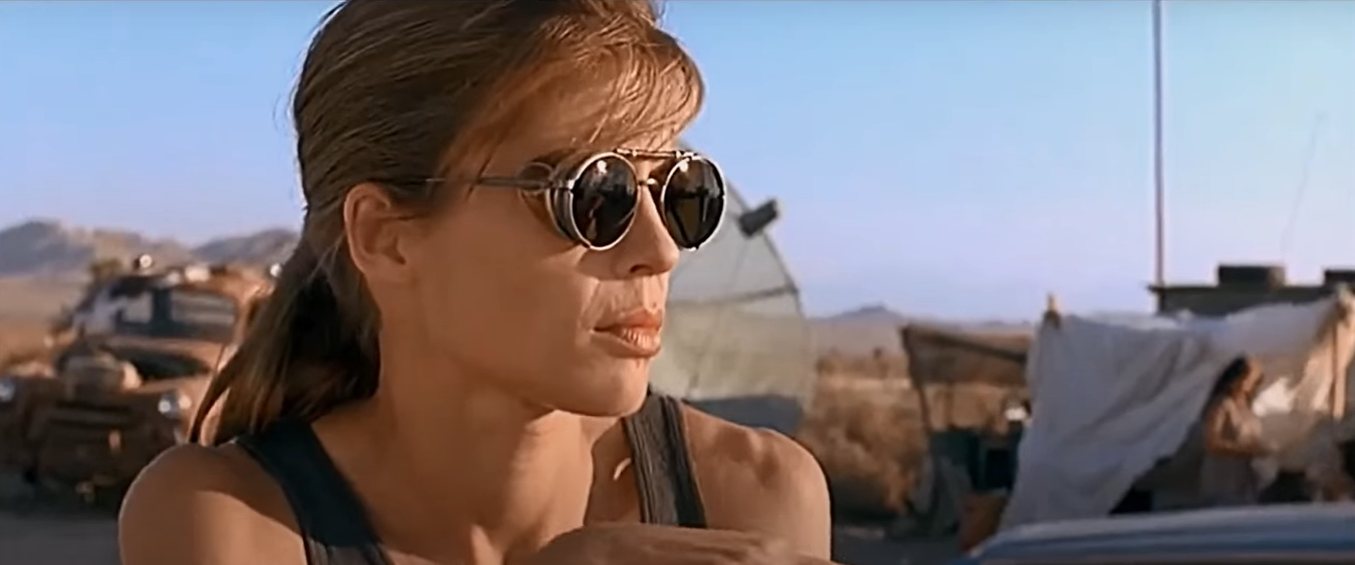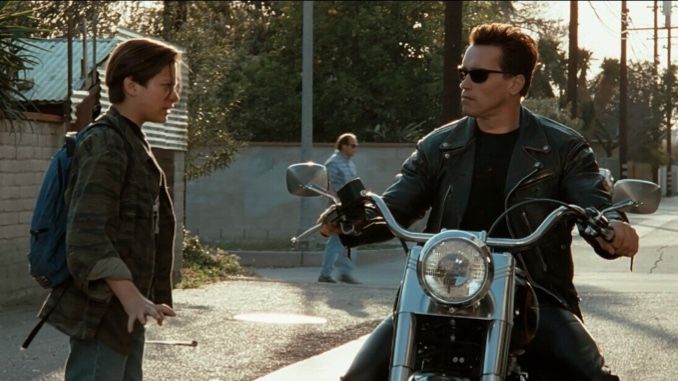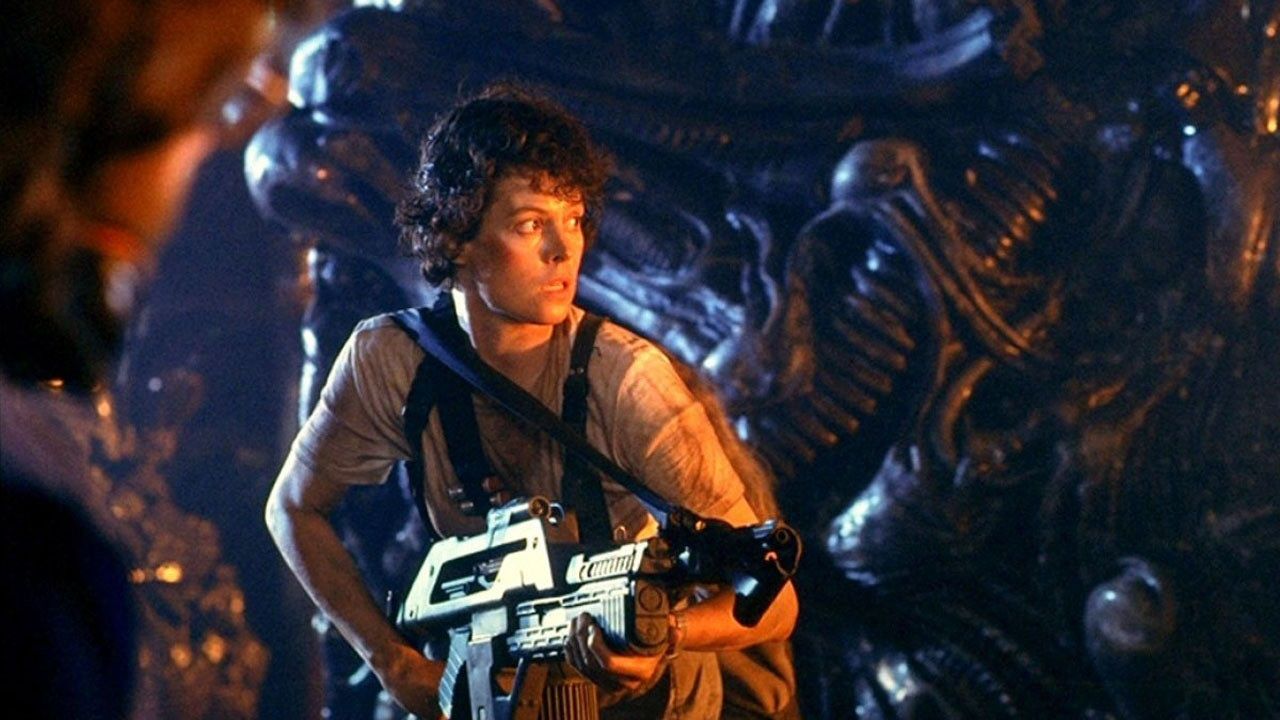Innovative Director: James Cameron
The trailer for "Avatar: The Way of Water" is taking the net by storm. It could be considered a truly legendary comeback, as we've waited nearly 10 years for it - and now, more than ever, it's appropriate to talk about James Cameron.


James Cameron began his career in 1974 and has never stopped amazing the film industry and the public with spectacular movies. His first films were warmly received by the public, as evidenced by the box office. In 1984 "The Terminator" was released, which deservedly awarded Cameron the title of a master of sci-fi action films. However, James Cameron's persona cannot be encapsulated by that label alone - his scope of activity extends far beyond that of a filmmaker. Today Filmustage will try to find out why James Cameron is not just a successful director, but also a pioneer of filmmaking.
Disclaimer: our blog has no academic purpose behind it, because we are viewers just like you. Filmustage does not aim to educate, but to gather a close-knit film community around us. We can be wrong about certain statements - and that is fine. We are open to discussion and criticism. The main thing is to love cinema and talk about it.
Before we continue, we want to remind you that here we promote the love of art and try to inspire you to take your camera and make a short film. Leave the boring pre-production routine to the Filmustage - automatic script breakdown - and focus on your creativity!
Also after a long time of hard work we are happy to announce the beta-testing of the new Custom categories feature in the Filmustage software. Be one of the first to test the new functionality - click here for more detailed information.
Art by @nadi_bulochka
Biographical sketch and career path
James Cameron is a native of the Canadian town of Kapuskasing. The son of an engineer and an artist, James was the first of five children and from his school years, he was always inventive and eager to create something new.
His desire to invent led Cameron to Fullerton College in 1973 to study physics. But in 1974 he left the college to devote himself to work and self-education. Cameron temporarily worked as a truck driver, but the main passion of the future director was special effects, as well as technology, which made the movie magic possible. Remarkably, the technological sophistication of George Lucas' "Star Wars" (as we wrote about in our last blog), inspired Cameron to finally switch to filmmaking.
Early work
The first short film - "Xenogenesis" (1978) - brought James Cameron to the set of " Rock 'n' Roll High School" (1979) by Allan Arkush & Joe Dante, where he worked as a production assistant. Over the course of several years, Cameron learned and gained experience on the set of a variety of films. A particularly noticeable collaboration was with legendary American producer Roger William Corman, known as "The Pope of Pop Cinema". Working on films such as "Battle Beyond the Stars" (1980) as well as "Piranha" (1978) helped develop Cameron's critical understanding of art direction and special effects practices.
In 1982, James Cameron had his first opportunity to direct a major project from the "Piranha" franchise. A creative disagreement between former director Miler Drake and chief producer Ovidio Assonitis allowed Cameron to take the director's chair, although he was originally hired as special effects director.
Despite James Cameron's actual involvement in the"Piranha" sequel, the director himself prefers to say that the film was not his debut, as he faced strong opposition from producer Ovidio Assonitis during the production process.
Nevertheless, it was "Piranha Part Two: The Spawning" that influenced the director's career. The story itself is legendary: during filming, Cameron suffered from the flu and had a nightmare about a killer cyborg chasing a girl. It was this image that became the inspiration for the iconic Terminator.
"The Terminator" (1984)

The invincible cyborg, red eyes, and unstoppable chase - are the main traits upon which James Cameron based the script for his sci-fi debut. Interestingly, the great "Halloween" by John Carpenter (about which we also have a blog) is also singled out as inspiration, but the more we think about it, the more points of convergence we find: an undiscovered creature, which we cannot understand in terms of human morality, is, in essence, the embodiment of pure evil.
After a lengthy search for financing, Cameron managed to sell his script to Pacific Western Productions representative, Gale Anne Hurd, for just one dollar. It is important to say, however, that such a ridiculous price hides one strong condition: the studio will only make the film with James Cameron in the directors’ chair.
With a budget of just over $6 million, "The Terminator" was a big box office success, earning $78 million. In addition, the debut received rave reviews that praised the masterful direction, tension, music, acting, and trademark humor.
"Aliens" (1986) & "The Abyss" (1989)
The sequel to Ridley Scott's original Sci-Fi horror was handed over to James Cameron, who twisted the franchise 90 degrees by directing a horror-action film. Sigourney Weaver was reprised for the lead role and the story delved into the mysterious origin story of bloodthirsty creatures - Xenomorphs.
131 million box office receipts (on a budget of 18) and six Academy Award nominations (Aliens won the awards for Best Sound Editing and Best Visual Effects) further strengthened James Cameron's position in Hollywood.
"The Abyss" is a different story. This movie was a box-office flop: in terms of costs and profits, "The Abyss" might be considered the worst film of James Cameron's career, but we enthusiasts don't care about the numbers!
The screenplay is based on the story of working submariners who suddenly discover strange creatures of extraterrestrial origin underwater. A large part of the budget was spent on underwater filming (the special effects were not yet perfect enough to simulate the underwater world in a film studio). The director's dedication was astounding: the team found an unfinished power station and converted it into a gigantic reservoir, holding more water than it would technically hold. Although the production was incredibly dangerous for both cast and crew, the final image was incredibly convincing, as the Oscar for Best Visual Effects confirms.
Cameron's early work suggests the tension in which he was developing his creative and technical approach, but what comes next is the most interesting part!
Director's style and credits
James Cameron certainly creates epic action movies, but they cannot be compared to other established action directors such as Michael Bay or J.J. Abrams. Cameron's large-scale pictures eventually focus on naturalistic characters that we are able to understand and sympathize with.



This makes, first and foremost, Cameron an excellent screenwriter, who makes the viewer freeze with suspense and unmitigated tension in each film. Cameron's script is always woven so that the viewer can understand who the characters are, what their personal drama is, and why we should empathize with them at all. For example, in one expositional scene of Sarah Connor in "Terminator 2: Judgment Day", we can understand two things: 1) this woman is obsessed with something, and 2) she has a negative attitude towards the hospital staff. Cameron's undeniable skill is that even the schematic imagery is entirely self-contained and can be understood outside the context of the original "Terminator". This may not be a subtle approach, but you have to agree that Cameron's films work.
Another characteristic of Cameron’s approach is to develop the story through action. Whatever obstacle the characters go through, they don't win the battle, but survive and run on. This is very evident in the two original "Terminators": the original film presents us with an unkillable cyborg who is unstoppable. In the sequel, virtually the same character becomes the protagonist and we are relieved to think that Sarah Connor's new ally will help the heroes stop the apocalypse with ease. Along the way, however, they meet a more advanced cyborg who can take bullets, explosions, and fire with ease.
Cameron always keeps the stakes high. Any success of the heroes turns into an unexpected denouement, as in "Aliens".
After the first film by Ridley Scott, audiences expected to see another sci-fi horror where the heroes are confronted by a single xenomorph. James Cameron isn't interested in that: his job is to tell something new. So he flips the game and shoots an action horror where the heroes confront an entire hive of xenomorphs because he always keeps the stakes high.
It is in such unusual combinations, such as action + horror, that Cameron's subtle understanding of human emotion is revealed. Characters are afraid - so we are; characters laugh - the viewer wants to laugh too. The suspense and the characters' reactions move the story along and consequently make the action more meaningful and dramatic. The final battle scene in "Avatar" isn't just an expensive scene, after all, but a fight scene for freedom and spiritual liberation.
"Avatar" and technical innovation
Back in the late 90s, Cameron came up with the idea of "Avatar", but at the time the implementation of this project seemed to Hollywood studios almost unrealistic. Necessary technology had not yet been invented, so the production budget should have been at least $ 400 million. As a result, work on "Avatar" was able to begin only in 2005.
Cameron and his colleague John Landau agreed with 20th Century Fox studios to allocate a budget for the future sci-fi movie. The company promised to support research work for a year. The result would provide some technological solutions that would allow "Avatar" to begin filming. In May 2005, Cameron gathered various designers and artists around him who initiated plans for an entirely new world.
The original decision was to use the existing Motion Capture technology to work on the film, but Cameron insisted that it had to be significantly modified. Later, a device was developed to allow him to work with the footage in post-production. But Cameron wanted something different - he wanted to be able to control the process in real-time. Technical specialist Rob Legato assembled a prototype of a "virtual" camera from spare parts. Imagine that you are in a big and spacious hall, where special cameras are set around the perimeter of the hall to record the movements of the actors. There could be more than a hundred of these cameras.
Using special suits with sensors that transmit information about the trajectories of the body, a computer processed this data in real-time, thus creating a moving skeleton on a monitor screen. Based on these skeletons, the designers create the appearance of the characters, and then this picture is transferred to the "virtual" camera. As a result, Cameron got a regular monitor positioned in the computer program as a camera. By pointing the device at the actor, you could see a fully simulated image of the character. The technology was called Performance Capture. It recorded not only the movements of the body, but also the actors' eye movements and facial expressions. For this purpose, special helmets were created on which miniature video cameras were mounted for fixing the necessary picture. Cameron wanted to most faithfully reproduce human emotions on the screen. So everything we see on the screen has been played by the actors themselves!
And now imagine, all this was done only to record a 37-second demo for the studio. However, 20th Century Fox ended up backing Cameron's crazy idea.
In this project, the director saw an opportunity not just to revolutionize the visuals, but to make a statement. In "Avatar", you can see a metaphor for human expansion: the way man destroys nature and doesn't appreciate its beauty. Cameron was therefore interested in detailing the new alien world: insects, plants, animals, and, of course, humanoids. For example, during the creation of plants artists started from real earth crops, and to make them more like aliens, Pandora's plants increased in size several times.
And to create Na'vi's image, the main actors' faces were modeled and digitized. Before the director finally approved the final cut, the artists went through 50 more. Linguist Paul Frommer came up with a language consisting of over 500 words, especially for the Na'vi pride. The starting point for this was James Cameron's idea of how the Na'vi speak.

The result: 2.8 billion box office receipts (on a budget of over 200 million), 9 nominations and 3 wins, and cult status.
Afterword
James Cameron only made 7 films, but what a huge impact he had on cinema. He came to Hollywood at a time of brutal action films and brought soul and naturalistic characters. For instance, Sarah Connor, Ripley, and Neytiri are all strong female characters, which was a revolution for cinema. Cameron began making character-driven movies that didn't keep the audience fooled, but showed how their action developed the story. Nevertheless, it is impossible to argue that his films are probably the most spectacular and sweeping pictures the cinematography has ever produced. Every James Cameron film lets us know that there is not just a director behind its production, but an innovator and revolutionary who never rests on his laurels.
Thanks for reaching out. Let’s bet on the 3rd part release date and hope we will not be retired yet. Until then, take care of yourself.
Are you watching closely? ;)
From Breakdown to Budget in Clicks
Save time, cut costs, and let Filmustage’s AI handle the heavy lifting — all in a single day.